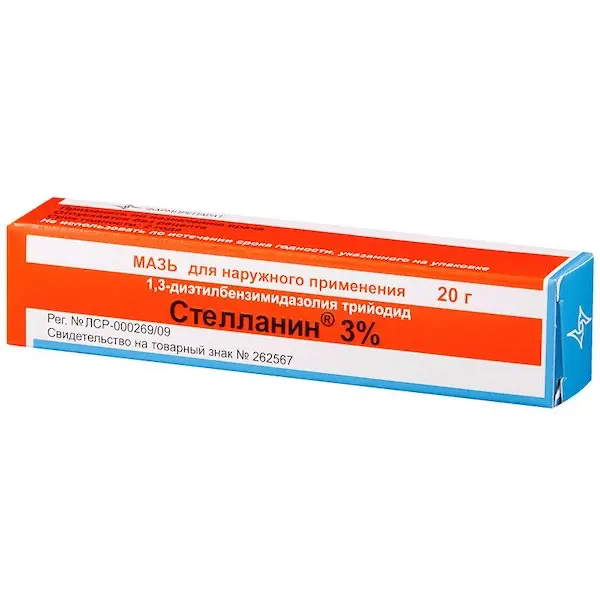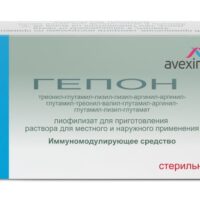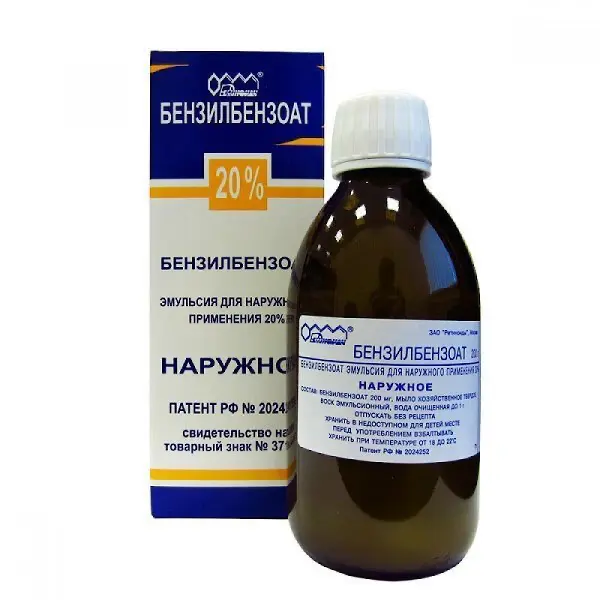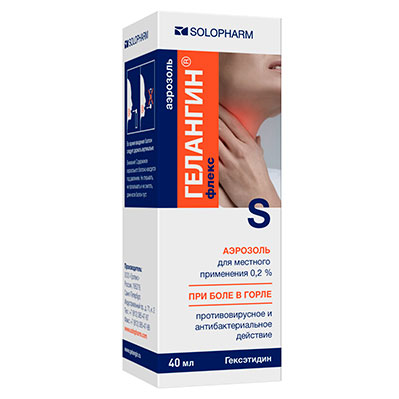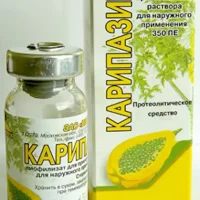Description
Stellanin Pharmacodynamics
Stellanin ointment should be used for “dry” wounds (one of its components is Vaseline, which covers the regenerating wound with a protective layer, glycerin moistens and softens the formed skin, and the active component of the ointment – 1,3-diethylbenzimidazolium triiodide prevents infection and accelerates regeneration processes)
The active component of Stellanin is 1.3-diethylbenzimidazolium triiodide. The mechanism of pharmacological activity of the drug is the direct regenerative action of 1.3-diethylbenzimidazolium on the damaged skin. Active iodine contained in the drug inactivates bacterial wall proteins and enzyme proteins of bacteria, thus having a bactericidal effect.
Stellanin protects the surface of the wound from infections, suppresses the course of the infectious process and promotes healing.
The drug has a wide range of antibacterial activity.
Bacteria Staphylococcus aureus, Clostridium dificille, Pseudomonas aeruginosa, Klebsiella pneumoniae, Streptococcus viridans, Streptococcus haemolyticus, Proteus mirabilis, Escherichia coli, Neisseria spp.; Candida albicans fungi and some other pathogens are sensitive to Stellanin.
The most essential peculiarity of application of Stelanin drugs is their ability to shorten considerably wound treatment time and prevent formation of scars and scars on its place.
Indications
– Trophic ulcers of the lower extremities;
– pressure sores;
– First and second degree burns;
– Abrasions, cuts, scratches, cracks, scrapes, including after insect bites;
– additional treatment of aseptic postoperative wounds (after excision, coagulation, episiotomy, for treatment of skin cracks, wounds and sutures);
– Acceleration of skin grafts.
Contraindications
thyrotoxicosis;
– thyroid adenoma;
– acute renal failure;
– concomitant therapy with radioactive iodine;
– Children under 18 years of age;
– I trimester of pregnancy;
– Hypersensitivity to the drug components.
Caution: chronic renal failure, II and III trimesters of pregnancy, lactation.
Dosage and administration.
- The drug is applied to the damaged skin surface so that the entire area of skin covered by the drug. The duration and frequency of application of the drug depends on the severity of the disease and localization of the process. Daily dose should not exceed 10 g. It is possible to use occlusive dressings and plaster.
- When treating granulized burns, wounds and trophic ulcers with poor exudation the drug is applied in an even layer 1-1.5 mm thick so that all the affected surface is covered with ointment and sterile gauze dressing is applied. The dressings are changed once every 1-2 days in the treatment of burns and once or twice/in the treatment of wounds and trophic ulcers. During open treatment of burns the drug is applied 1-2 times. The duration of treatment is determined by the dynamics of wound epithelialization.
- In case of minor skin injuries (abrasions, cuts, scratches, cracks, scrapes) the drug is applied with a thin layer on the affected surface.

